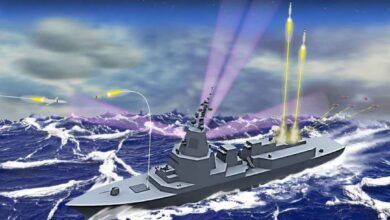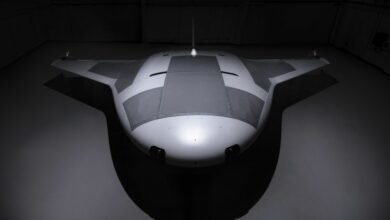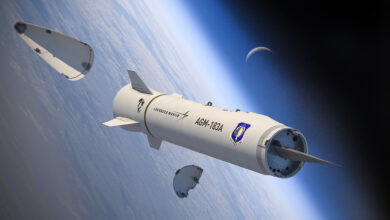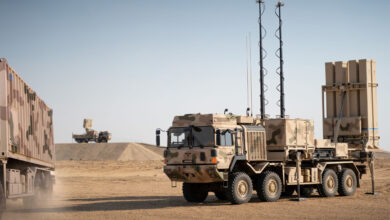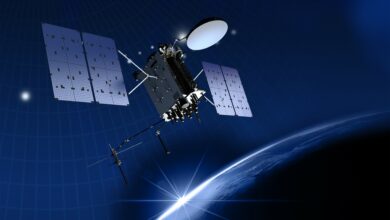Northrop Completes Hypersonic Missile Tracking Sensor Review
Northrop Grumman has completed a critical design review of its Hypersonic and Ballistic Tracking Space Sensor (HBTSS) prototype, a critical component of the US Space Force’s Overhead Persistent Infrared (OPIR) missile warning satellite program.
The review “establishes the company’s technical approach for precise, timely sensor coverage to defeat ballistic and hypersonic missiles,” Northrop Grumman stated.
The HBTSS is intended to provide detection and “birth to death” tracking of a ballistic or hypersonic missile, including identification of the projectile’s characteristics, “well before they come into view of the US land based defenses.”
Overhead Persistent Infrared Program
The sensor will eventually be integrated with the OPIR multi-layered constellation of satellites that communicate to detect and track enemy missiles through their heat signatures.
The OPIR — successor to the current Space-Based Infrared Systems program — passed a critical design review in August, allowing developers to launch a planned geosynchronous equatorial orbit satellite in 2025.
Northrop Grumman OPIR and geospatial systems vice president Sarah Willoughby said that the critical design review “puts Northrop Grumman on track to deliver a vital component of our missile defense architecture to keep the US and its allies safe against hypersonic threats.”
Prototype by 2023
The US defense giant is developing the sensor prototype under a $155 million contract it clinched in January and is scheduled to deliver it in 2023. Another defense firm, L3Harris, is developing another HBTSS prototype separately under a $122 million contract.
Once a prototype is delivered, it will go through an in-house “on-orbit test to demonstrate its ability to continuously track and rapidly process its observations of hypersonic threats, as well as its ability to effectively hand off the information so the missile is intercepted.”


